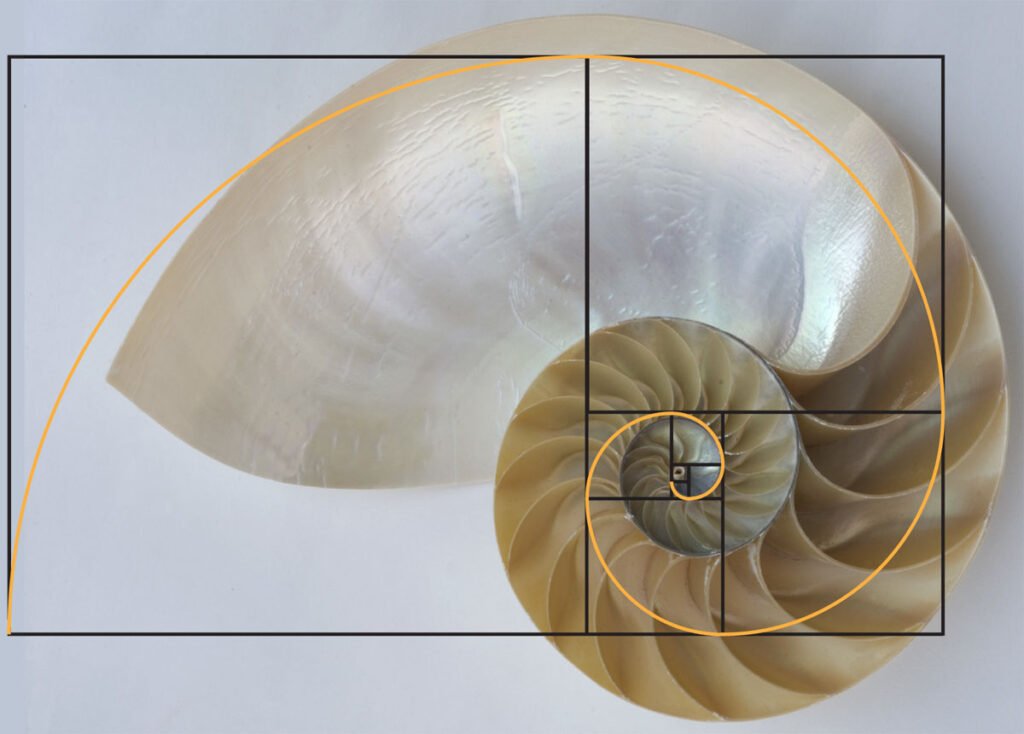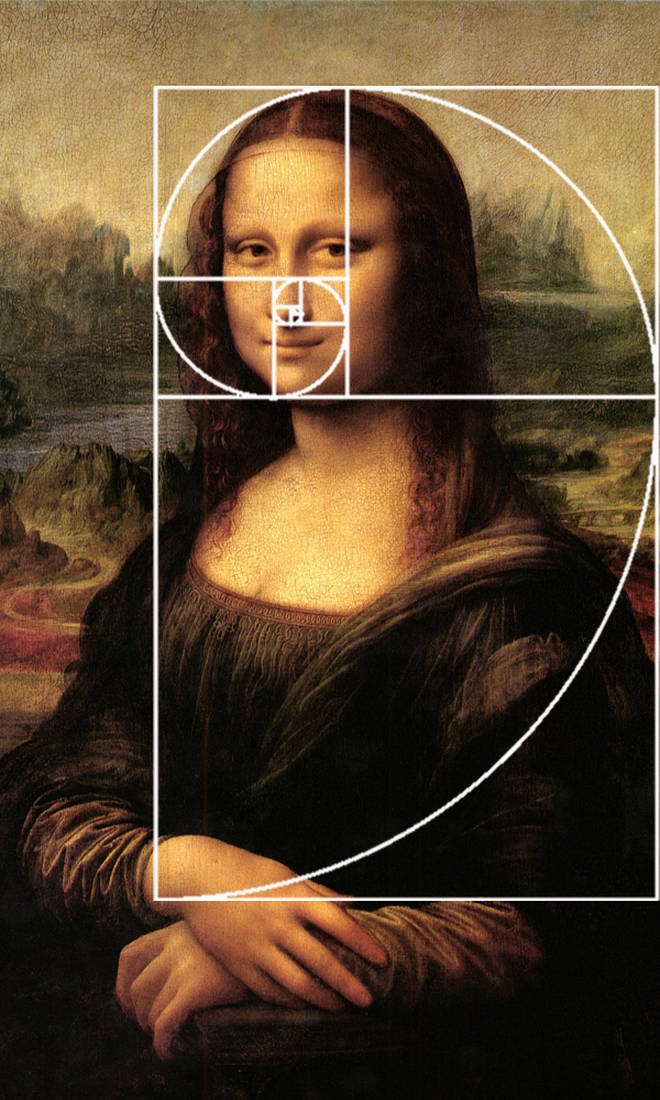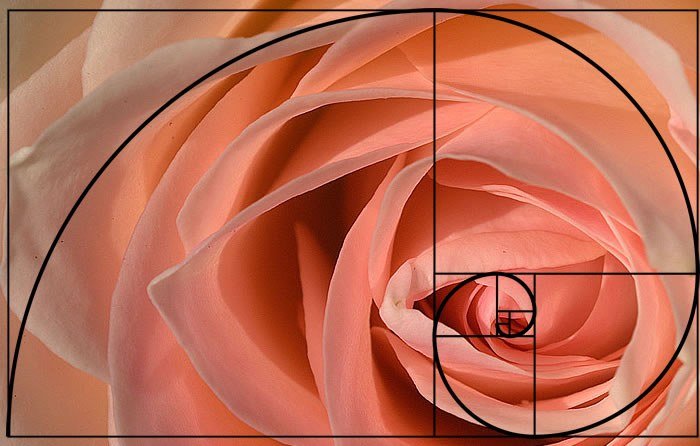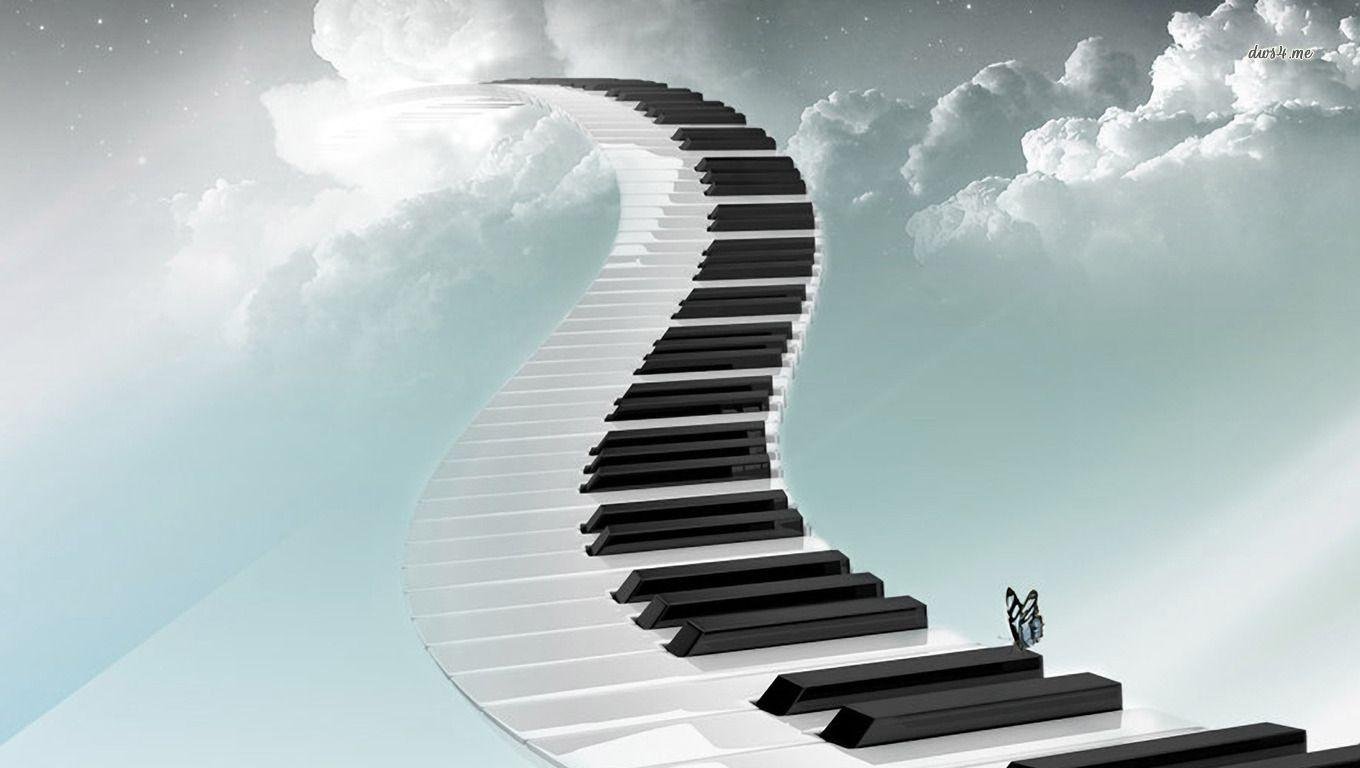Fibonacci and Cymatics
What is the most infinitely ancient and universally tangible image, form and equation of all?
The Golden Spiral, or Fibonacci’s Spiral
The first written record of the Fibonacci's Sequence comes from around 200BC in the Sanskrit tradition of prosody; basically a study of phonetics. In the West, the Fibonacci sequence first appears in the book Liber Abaci by Leonardo of Pisa, written in 1202. Leonardo was known as Fibonacci.
Fibonacci's equation was based on an idealized pattern of rabbit reproduction, which consisted of mating pairs of rabbits reproducing at optimum efficiency. Because rabbits breed every month, the sequence looks like this:
Begin with one Female rabbit, one month old
At the end of the first month a female mates, but there is still just her and her mate, 1 pair.
At the end of the second month the female produces a new pair, so now there are 2 pairs of rabbits in the field.
At the end of the third month, the original female produces a second pair, making 3 pairs in all in the field.
At the end of the fourth month, the original female has produced yet another new pair, the female born two months ago produces her first pair also, making 5 pairs.
And so on. Adding the sum of the previous two numbers to get the following number creates the sequence.
1+1=2
1+2=3
2+3=5
3+5=8
5+8=13...
And on into infinity.
It is no accident that Fibonacci came across this pattern studying nature, because when the sequence is translated geometrically, it becomes a rectangle. If you continue to create successive squares and spiral out the rectangle, the quadratic equation of the sides becomes closer and closer to 1.618033, Phi or the Golden Ratio.
And that Golden Ratio has been romancing artists, scientists, musicians, and mathematicians for centuries.
Mona Lisa with the Golden Ratio imposed
If you would like to check out the applications and implications of the sequence, I would start here with Arthur Benjamin. He is a truly inspired teacher.
Now if you take that series of rectangles and plot a spiral by drawing a 90-degree curve through each square, you have the Golden Spiral, also known as Fibonacci’s Spiral.
And it is not just physical/ tangible objects that carry the sequence. Fibonacci Numbers are often the underlying structure of the world's most played and universally adored music.
There are 13 notes in the Chromatic Scale, broken into 8 white keys and 5 black keys, the 13th note being the first note in the following octave. There are 8 notes in the Diatonic Scale, the 8th being the first note in the following octave. When we stack the two scales on top of each other, the full sequence is revealed. Further, the 3rd and 5th note in any octave are the basic foundation of all cords and are based on a tone which is a combination of 2 steps and 1 step from the root tone, that is the 1st note of the scale. To see this visually, check out this great video from Sylvain Lalonde:
Fibonacci and Phi relationships are found in the timing of musical compositions as well, from Mozart to Pink, the climax or bridge of a song is most often found at roughly the phi point (61.8%) of the song. Further, the typical three-chord structure of most songs in any key is made up of the key cord along with it’s Fibonacci & Phi partner. This is analogous to the “A is to B as B is to C” basis for the golden ratio.
It makes you wonder how much our aesthetic values and personal expressions are based on much more ancient and fundamental systems.
Dave Carlton, one of the contributors to Hooktheory, a modern music theory site, analyzed 13,000 popular songs for patterns, and published the results in an online article here:
He found, as you might expect that C/Am and G/Em are the most popular key signatures. With G, F, C and Am the most popular cords. But more interesting to me is the relationship of cords to each other in the songs he analyzed. Such as, what cord is most likely to come next in popular music? He found in the case of C with and Em, 93% of the time the other cords will be F, Am or both.
So here we have seen the same mathematical sequence equally applied to visible and audible phenomenon. This is in fact a brilliant starting point to understanding the nature of existence.
All things in existence can be thought of in two ways:
Atomic particles like Atoms, protons and neutrons or
Vibrations like Electromagnetic fields and sound-forms.
And whether you choose an atomic or vibrational world view the same rules will always apply. I think music is a key starting point to this exploration because it is vibration made tangible through the tools we use to express it. And, if you impose a worldview of waveforms onto musical theory you can begin to talk about dimensions and infinity much more easily.
Dimensional levels are simply different base rate wavelengths. It is not the difference between line, shape, form and time as many of us were taught in school. In fact the only difference between this dimension and any other is the waveform we express through vibration. More dense life forms like crystals and plants have a much lower base wavelength, and as you travel dimensionally upwards the base wavelength increases.
To illustrate the beauty of this we can think about the Chromatic scale. If you look at a piano’s keyboard, it has 8 white keys and 5 black keys in each octave. The last note is the first note of the next octave. This musical system theoretically goes on infinitely in both directions, we just happen to use an instrument with a set number of octaves that sounds great at our level of vibration.
If you picture yourself on the third key of any octave (the third dimension being the vibrational and atomic level we perceive ourselves as residing at), and think about how big we perceive the universe to be from there… Imagine how much more is out there that we cannot yet perceive.
“If the doors of perception were cleansed, everything would appear to man as it is - infinite.”
William Blake
“Only love can be divided endlessly and still not diminish.”
Anne Morrow Lindbergh












